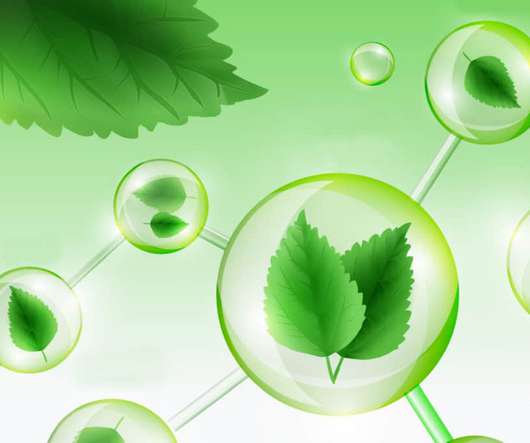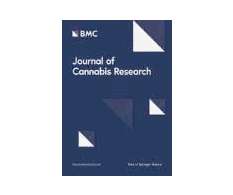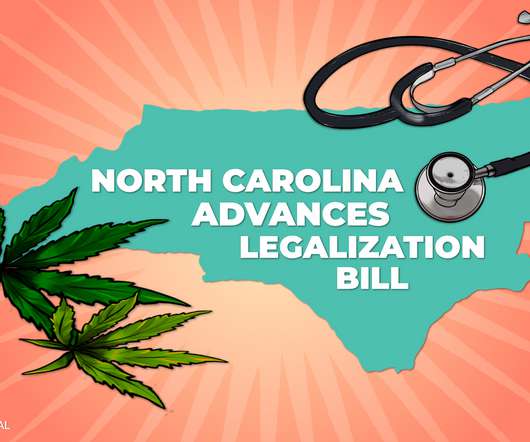Marijuana & COVID-19: Top Studies [August 2020]
CannaMD
AUGUST 19, 2020
The study, conducted on human peripheral blood mononuclear cells from healthy donors, induced inflammation and performed cytotoxicity tests prior to a cytokine storm experiment to ensure cell viability in the testing concentrations. Writing that “the extracts of our most successful and novel high-CBD C.



















Let's personalize your content